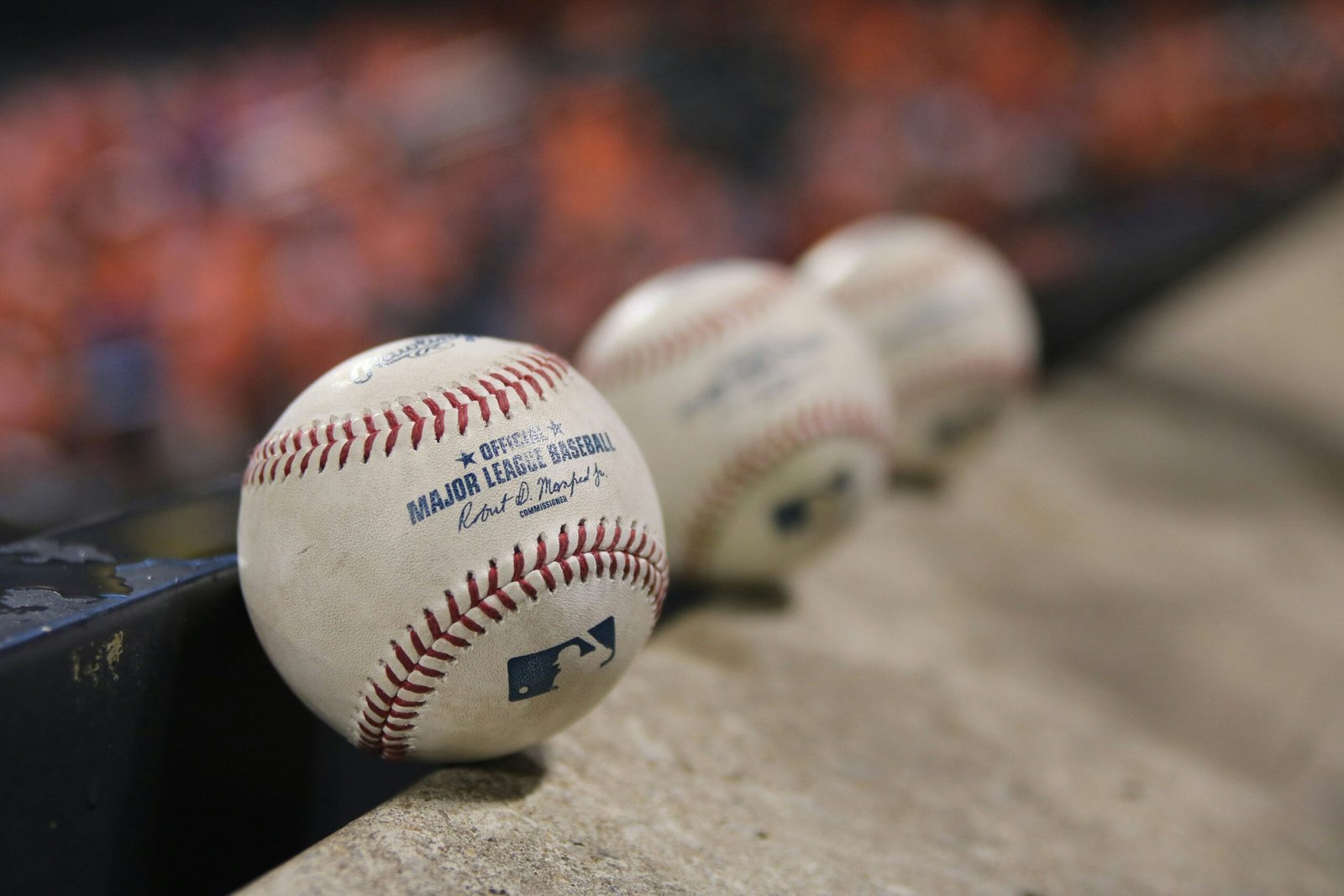The National Association of Baseball Players, established on January 22, 1857, holds a special place in American sports history as the first organization to govern baseball. This landmark event formalized the rules and regulations of the game, paving the way for the organized play that would propel baseball to become America’s national pastime.
Prior to the establishment of the National Association of Baseball Players (NABBP), baseball was played in a more informal and disorganized manner. Various clubs and teams had their own set of rules, leading to inconsistencies and disagreements during matches. The need for a standardized set of rules and regulations became evident, and thus the NABBP was formed.
The NABBP was founded in New York, the heart of the burgeoning baseball scene in the mid-19th century. Its primary objective was to promote and regulate the game, ensuring fair play and consistency across teams and clubs. The association’s formation was a significant step towards professionalizing the sport and creating a framework for its growth.
One of the key figures in the establishment of the NABBP was William H. Van Cott, who served as the association’s first president. Van Cott, along with other influential baseball enthusiasts, recognized the need for a governing body to oversee the sport’s development. Under Van Cott’s leadership, the NABBP began to formulate and enforce rules, including the distance between bases, the number of players on each team, and the duration of games.
The NABBP’s efforts to standardize the game extended beyond just the rules. The association also played a crucial role in popularizing baseball and increasing its appeal to a wider audience. By establishing guidelines for team formations and scheduling matches, the NABBP created a more structured and organized playing environment. This, in turn, attracted more spectators and helped elevate baseball from a recreational activity to a professional sport.
As the NABBP gained recognition and influence, it also faced challenges and controversies. One notable issue was the exclusion of African American players from organized baseball. The association’s rules explicitly stated that only “white gentlemen” were eligible to participate. This discriminatory policy persisted until the formation of the National League in 1876, which eventually led to the integration of African American players in Major League Baseball.
Despite its flaws, the NABBP played a pivotal role in shaping the future of baseball. The association’s efforts to establish a standardized set of rules and promote the sport laid the foundation for the growth and development of professional baseball in the United States. Without the NABBP’s early initiatives, it is unlikely that baseball would have evolved into the beloved national pastime it is today.
To learn more about the National Association of Baseball Players and its impact on the sport, you can explore various historical sources and references. The Baseball Hall of Fame in Cooperstown, New York, houses a wealth of information and artifacts related to the NABBP and the early days of baseball. Additionally, books such as “Baseball: A History of America’s Game” by Benjamin G. Rader provide in-depth insights into the formation and significance of the NABBP.
In conclusion, the establishment of the National Association of Baseball Players in 1857 marked a crucial milestone in the history of American sports. This pioneering organization laid the groundwork for organized baseball, setting the stage for the game’s eventual rise to become America’s national pastime. While the NABBP faced challenges and controversies, its contributions to standardizing the sport and increasing its popularity cannot be understated. The legacy of the NABBP lives on in the rich history and traditions of baseball, making it a cherished part of American culture.
SEO Excerpt:
The National Association of Baseball Players, established in 1857, played a significant role in popularizing baseball in the United States. Learn about the formation of this pioneering organization and its impact on the growth of America’s national pastime. Explore historical sources and references to delve deeper into the history of the National Association of Baseball Players.

